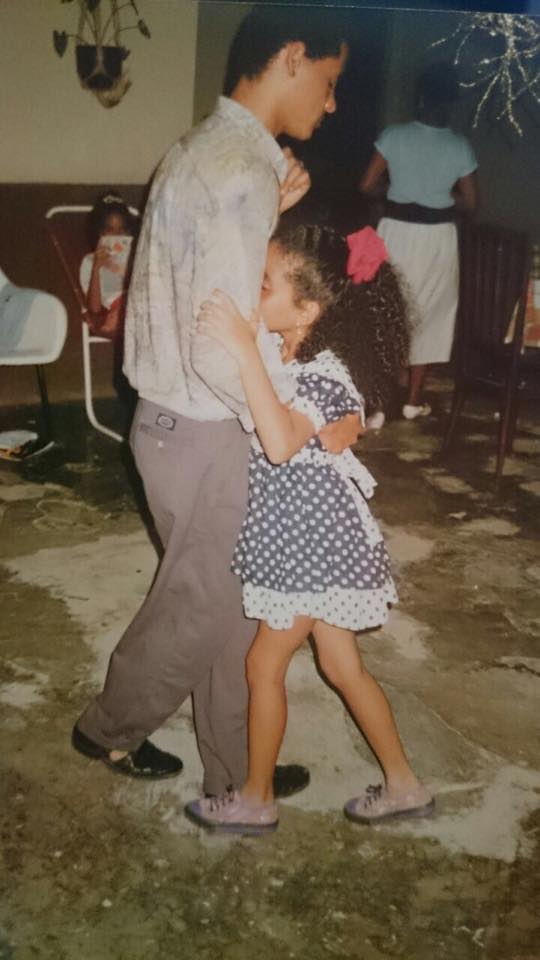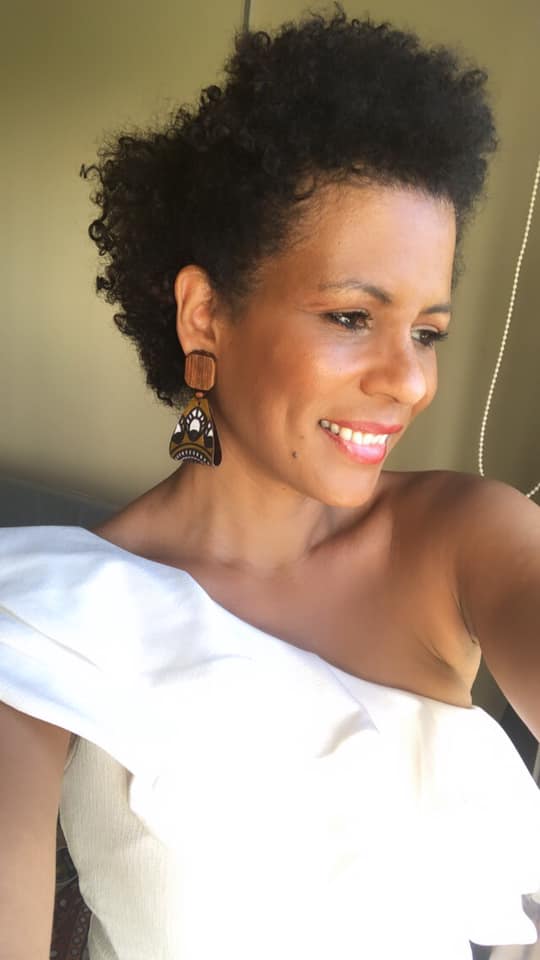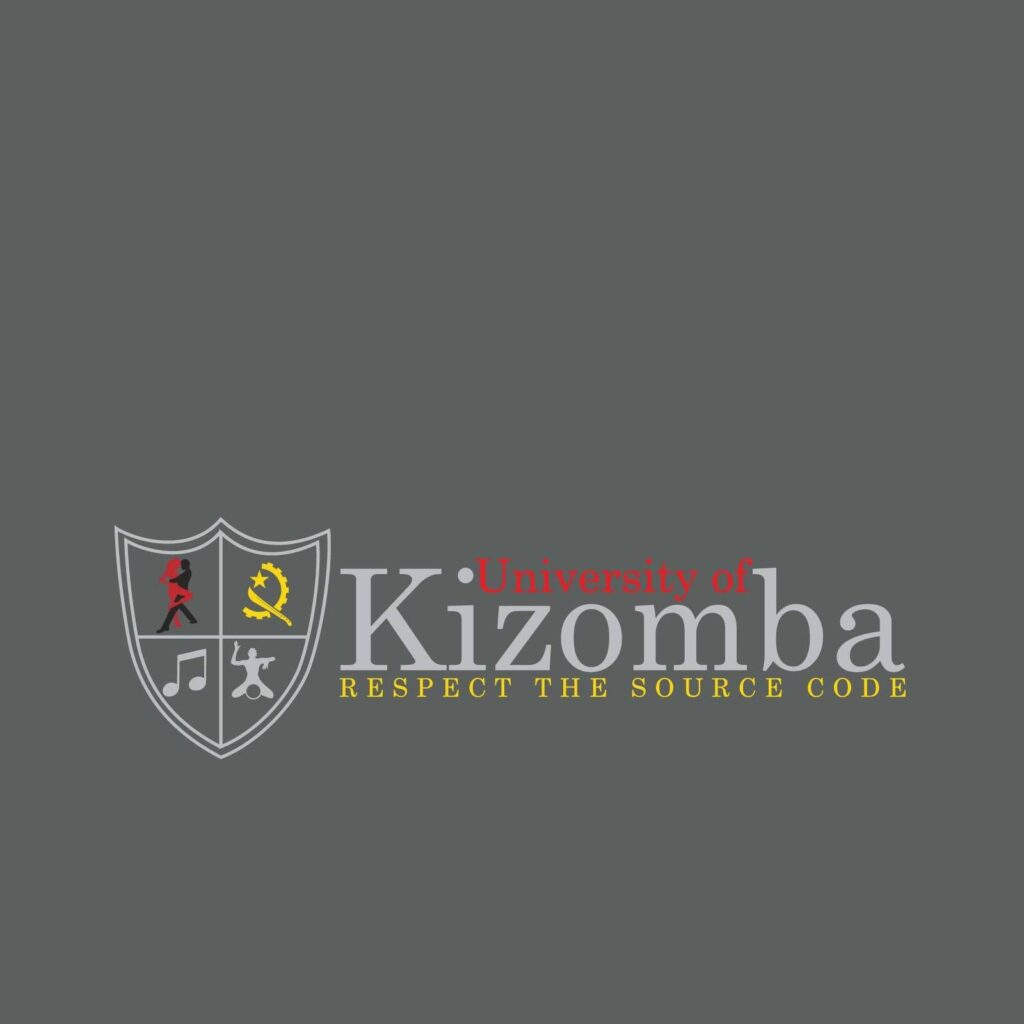
What is kizomba?
Kizomba is a genre of dance, and a musical genre, originating in Angola in the 1980s. Kizomba means ‘party’ in Kimbundu, a Bantu language spoken by the Ambundu in Angola.
As the music grew in popularity, dancers begun to adapt traditional semba steps to suit the slower kizomba beats.
Kizomba is now danced world-wide, growing in popularity thanks to its presence at salsa congresses and Afro-latin dance events.
In Angola, kizomba is traditionally danced with family: brothers with sisters; mothers with sons. It is a partner dance, characterised by close connection and smooth movements. Connection is at the heart of kizomba: with the music and between dance partners. It is a journey as much as a dance, and each journey is unique.
It’s not a dance that requires particularly complex steps or tricks to be danced well, as it’s about interpreting the song together (musicality) as opposed to performing for others. For that reason, it’s a suitable activity for anyone, irrespective of age, size or agility. That’s not to say that, if both partners are comfortable, dips and tricks can’t be added, it is not, however, an integral part of the dance, even for advanced dancers.
Sources
The best places to find out more about kizomba:
Kizomba is often misrepresented on Google/ YouTube. This is Kizomba recommends:
About Kizomba
Angolan kizomba teacher Tania Mendonca shares the cultural context of kizomba and translations of kizomba songs on her YouTube channel.
University of Kizomba
Rui Djassi Moracén’s University of Kizomba, which can be found on Facebook, SoundCloud and YouTube, shares examples of kizomba and Angolan music and dances, as well as providing online ‘SourceCode’ tuition.

